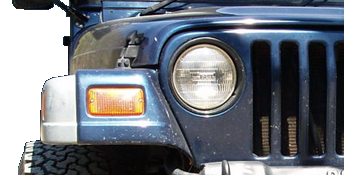toyota231
Well-Known Member
- Joined
- Mar 22, 2005
- Location
- Kernersville NC
Alright, I know this has been discussed some but I have never really saw any good information on doing a blow through setup. Mr stubbs has a good write up on the draw through (which I'm not against), I would just like to see if anyone has any insight or has actually built a blow through turbo propane setup on a Toyota engine, or any other engine for that matter. I'm seriously thinking about building my own setup on my 20r, while I know lots of folks suggest the gotpropane kit and his knowledge, I'm a poor fawker and also everthing he says goes against the blow through setup. As I research quite a few folks say the blow through setup works and works good, but no write ups or information is out there on the proper components to use on the blow through. Discussion on, and any good info or pics would be appreciated, because that's what is so hard to find. Btw I'm not doing it for all out power or anything other than a good running diy project, plus im tired of dealing with my crappy weber carb.


